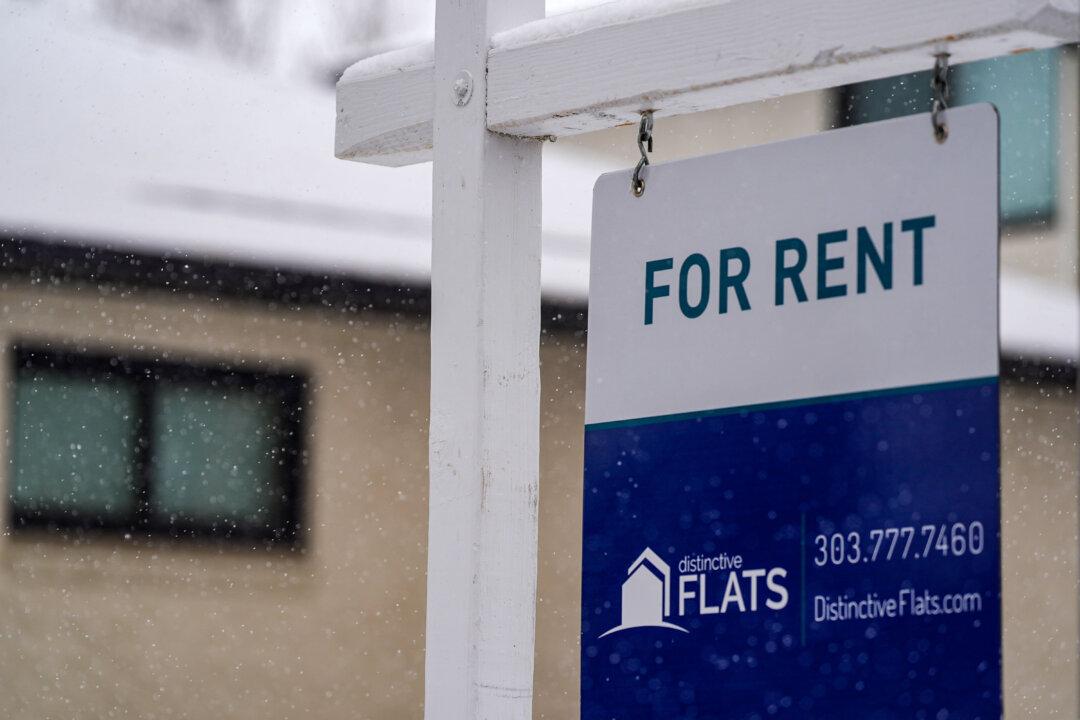Lloyd’s of London, a UK-based insurance and reinsurance market, is staring at potential losses worth billions of dollars after Russia threatened that it would seize planes owned by foreign entities.
According to proposals made by the Russian transport ministry, based on multiple media reports, if foreign leasing companies that have leased planes to Russian airline firms wish to terminate contracts, an import substitution government commission will decide whether the planes can be returned or have to remain in Russia.
If Russian airlines continue using foreign planes under the lease, the airlines will make lease payments in rubles rather than U.S. dollars or other foreign currencies for the remainder of 2022.
Airline companies in Russia have 980 jets in service. Of these, 777 are leased, and among the leased aircraft, two-thirds are rented from foreign leasing specialists. Due to EU sanctions against Moscow, leasing firms in the region only have until March 28 to cancel contracts with Russian airline firms and repossess their jets.
Taking back the jets seems like a difficult job for the leasing firms with Russia’s new rules. Moreover, most of the planes are now in Russia, out of the firms’ reach.
As such, insurance policies are likely to be triggered by a clause that provides protection to leasing companies against any repercussions from such situations. Lloyd’s, the leading aviation insurance provider, is expected to face a significant number of claims arising from the situation.
Though the value of planes under threat is estimated to be around $10 billion, Lloyd’s may not be liable for the bulk of the risk as the company’s insurance underwriters tend to offload the risk onto other reinsurance companies.
Among aircraft leasing firms, the general fear is that the planes cannot be repossessed. The firms have retrieved only a couple dozen of the over 500 aircraft rented to airline companies in Russia.
With 152 aircraft, AerCap Holdings NV, based in Dublin, has the most number of planes leased to Russian airlines. Aviation consultancy IBA calculates the combined value of these planes to be $2.5 billion.





